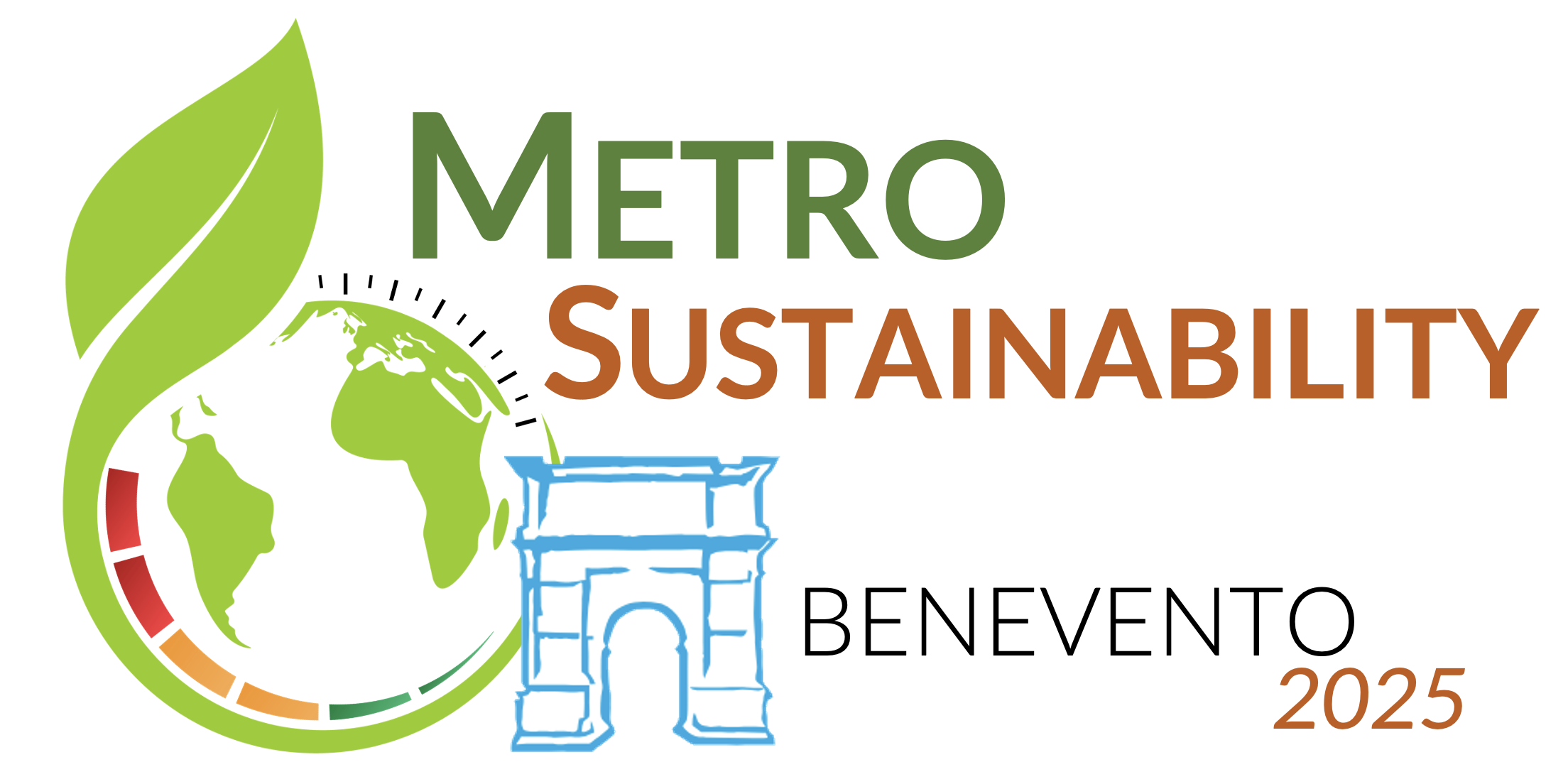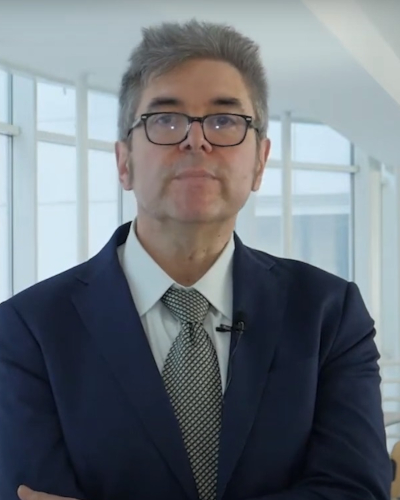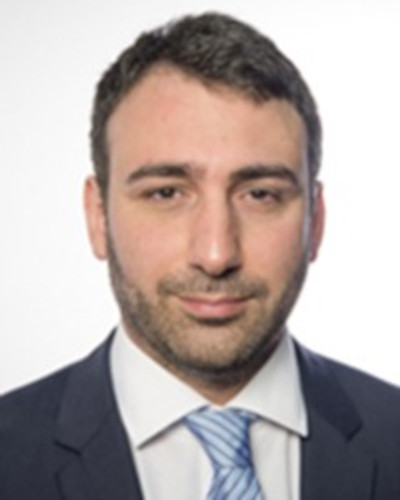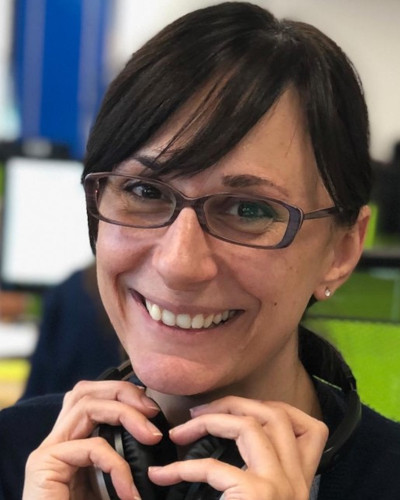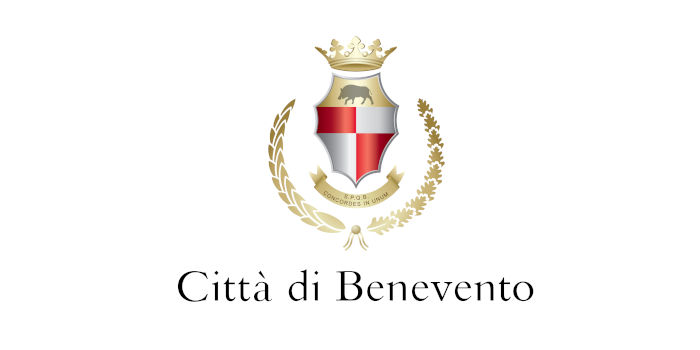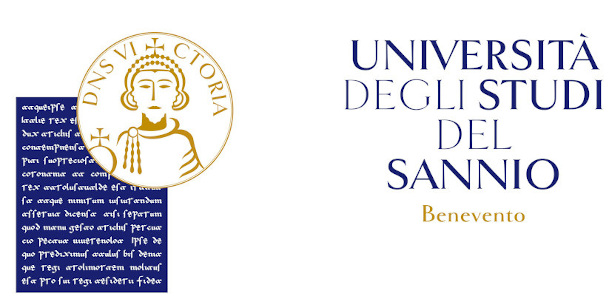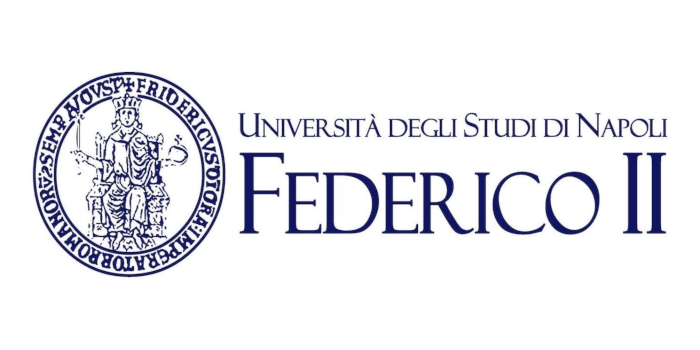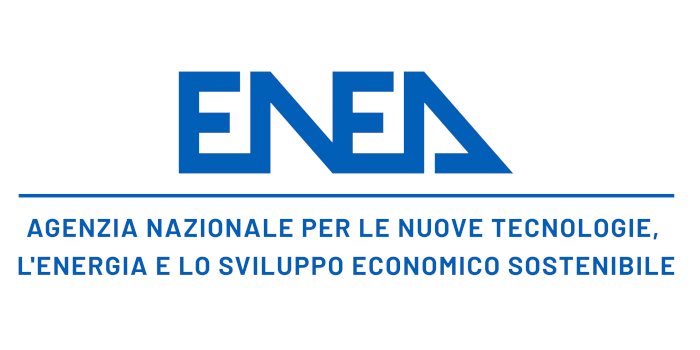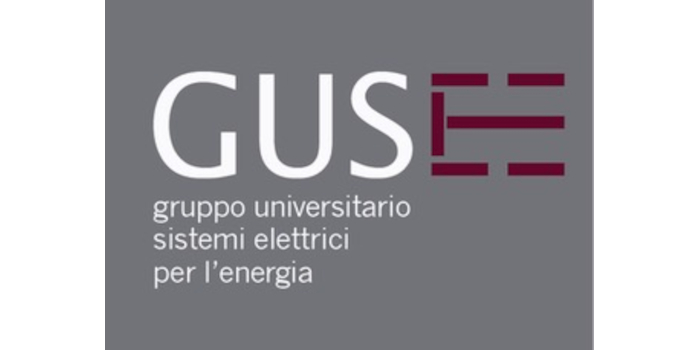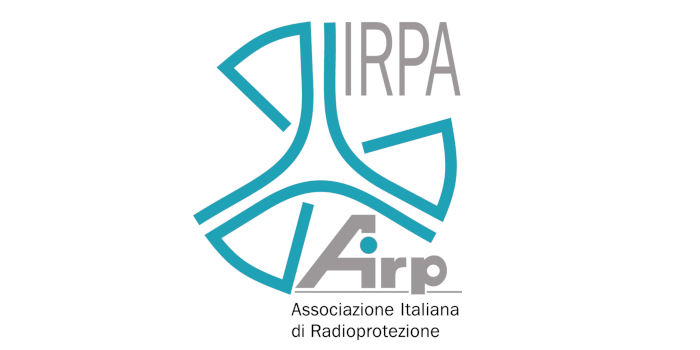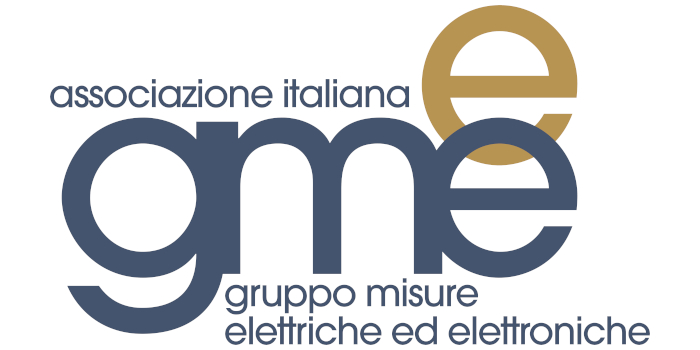SPECIAL SESSION #6
Geomatics for sustainability: from remote sensing and survey techniques to maps and Geographical Information System (GIS)
ORGANIZED BY
Claudio Parente
Parthenope University of Naples - Department of Science and Technology, Italy
Pasquale Maglione
Parthenope University of Naples - Department of Science and Technology, Italy
Francesca Guastaferro
Almaviva Digitaltec - Naples, Italy
ABSTRACT
Defined by United Nations Brundtland Commission as “meeting the needs of the present without compromising the ability of future generations to meet their own needs”, sustainability is a complex concept that intersect many aspects of the Earth planet and human life. As remarked by U.S. Environmental Protection Agency (EPA), to pursue sustainability is “to create and maintain the conditions under which humans and nature can exist in productive harmony to support present and future generations”.
Achieving these objectives requires detailed knowledge of what surrounds us: it is necessary to know the configuration of places, the nature of the components, the modeling of reality, the reconstruction of past scenarios and the projection of future scenarios, including social and economic aspects. To do all this, the role of Geomatics becomes primary, that is, those techniques that range from the acquisition of topographic data through direct or remote surveying, to cartographic representation, three-dimensional modelling and integrated management of multiple data, morphological and thematic, in a georeferenced archive (Geographic Information System, GIS).
In this session, we will focus on all types of Geomatics techniques, from data acquisition to representation and model, including topographic survey, GNSS (Global Navigation Satellite System) survey, remote sensing from drone, aircraft and satellite, single beam and multibeam bathymetric survey, side scan sonar seafloor exploration, underwater surveys with photo/video capture, GIS maps and models. In consideration of international scenarios, research papers and professional applications concerning technical aspects related to topographic instruments and methods, sensors on drone, aircraft, and satellite for acquiring data with high temporal and geometric resolution, data processing and GIS are welcome.
This session aims to collect contributes coming from experts of several areas using geomatics techniques (not only geomaticists but also ecologists, geologists, oceanographers, economists, demographers, … ) and concerning both methodological subjects and concrete applications for topics related to Earth surface investigation and/or GIS maps and models. The attention will be focused on land, air, water, biological, economic and social data acquisition and processing, with particular attention for GIS applications, thematic map production, 3D model construction, feature detection, water quality, air quality, impacts of climate changes and catastrophic events, natural ecosystems and human settlements.
The experience of research centers and the recent developments in the field of measurement systems and techniques applicable for sustainability, will be particularly valuable for the aims of this session.
TOPICS
Here are some examples of accepted topics:
- Topographic survey techniques based on total station, GNSS, and laser scanning;
- GNSS-supported unmanned aircraft vehicles (UAV) for agricolture;
- Light-detection and ranging (LiDAR) systems;
- Remote Sensing systems and techniques;
- Synthetic aperture radar (SAR) systems;
- Unmanned survey systems and their applications;
- Hydrographic survey techniques, including single beam, multibeam, and side-scan sonar;
- Multispectral and hyperspectral image processing;
- Urban heat islands;
- Machine learning in image analysis;
- Coastline detection techniques;
- Data fusion techniques;
- 3D model construction and representation (Digital Terrain Models, DTMs);
- Thematic map production;
- GIS data processing and models;
- Recent developments in the field of measurement systems and techniques;
- Ecosystem analysis and habitat mapping;
- Social and economic data processing.
ABOUT THE ORGANIZERS
Claudio Parente, is full Professor of Geomatics, vice-director of the Department of Science and Technology, Coordinator of the Master degree Course "Science and Technology of Navigation", responsible of the Laboratory of Geomatics, Remote sensing and GIS, at University of Naples "Parthenope". He has a degree in Civil Engineering from University of Naples "Federico II", a Post Graduate Master degree in "Sciences and Engineering of the sea" and PhD in "Geodetic and Topographic Sciences" from Naval University of Naples. His research activities concern different aspects of Geomatics, including Remote Sensing, GIS, Cartography, Digital Terrain Model, hydrographic and land survey. He is the author or co-author of more than 120 publications at national or international level; his works are present in important scientific database, such as SCOPUS (81 articles) and WoS (34 articles).
Pasquale Maglione, collaborates on research and teaching activities in the field of Geomatics at University of Naples "Parthenope", Department of Science and Technology, Laboratory of Geomatics, Remote sensing and GIS. He has a Master degree in "Environmental Sciences" and PhD in "Geodetic and Topographic Sciences" from University of Naples "Parthenope". His research activities concern different aspects of Geomatics, including Remote Sensing, image processing and data fusion (pan-sharpening), GIS, Geodesy and Cartography. He is the author or co-author of several papers published in international scientific journals or included in the proceedings of national and international conferences.
Francesca Guastaferro, is a GIS and Remote Sensing expert, currently employed at the Naples Company, Almaviva Digitaltec in Location Intelligence Group. She has a Master degree in Environmental Science from the University of Naples "Parthenope" and a PhD in "Geodetic and Topographic Sciences" from the University of Naples "Parthenope". Her research activities concern different aspects of Geomatics, including Remote Sensing, image processing and feature extraction, GIS and Cartography. Since 2020 she has been a Contract Professor of "Remote Sensing" teaching at the University of Naples "Parthenope". She is the co-author of papers published in national and international scientific journals or included in the proceedings of national and international conferences and workshops.
